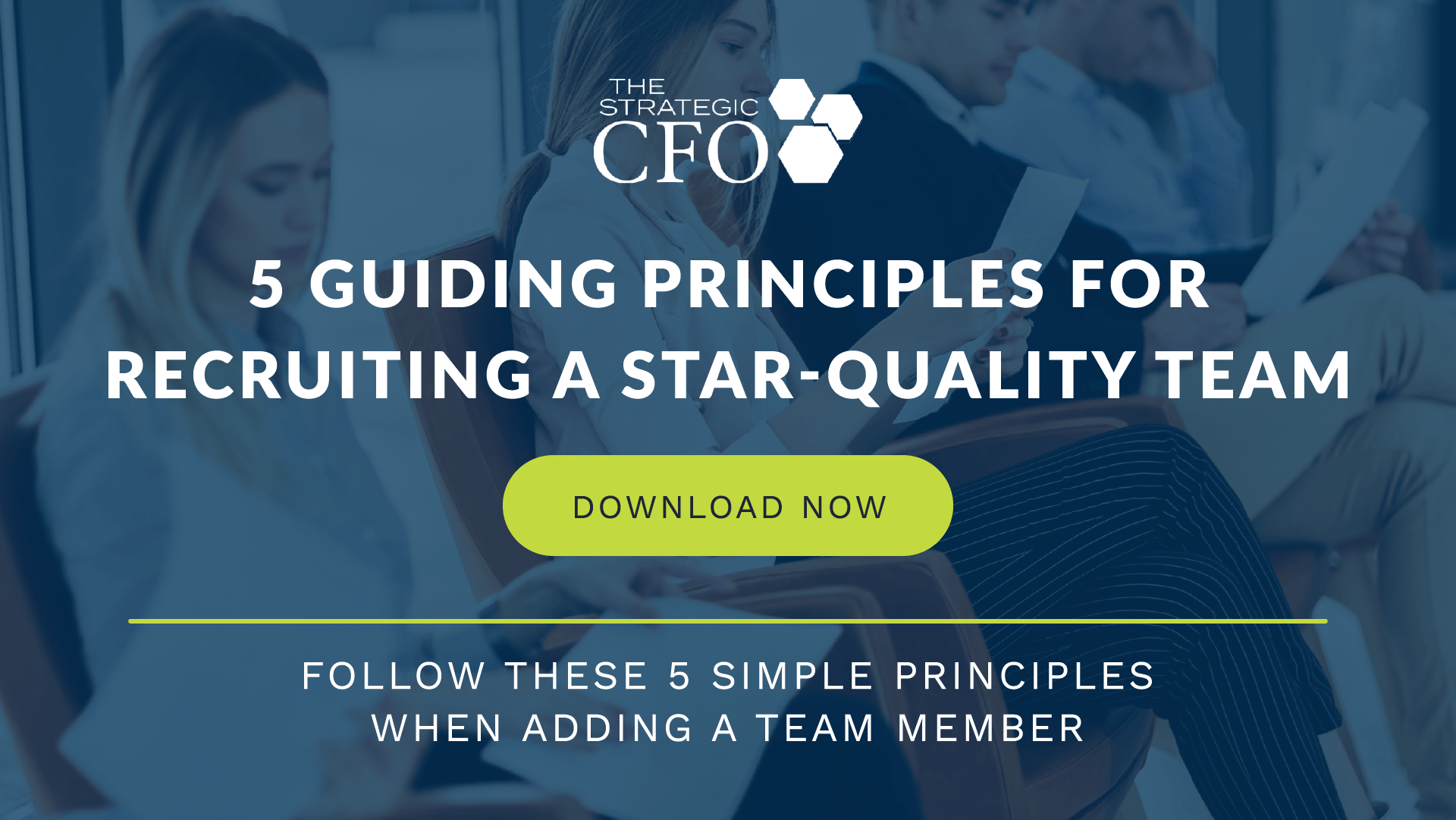
Like any successful business, the Titanic relied on its business plans and well-run operations. But what happens when your company hits an unseen iceberg, tearing your business apart?
The “Situation”
Here’s the situation you’re faced with… The iceberg takes your ship out, forcing you as a leader to make radical decisions.
There’s only so much room in the lifeboats. Your conscience says to put the women and children in the boats, but who will be strong enough to row? There’s no easy solution. In the end, someone is going to be left to brave the icy waters.
Let’s put this scenario in business terms. You’ve hit an economic iceberg and you’re now forced to make the difficult decision of who you want in the lifeboat with you. This snap judgement will impact either a few, or possibly thousands of livelihoods, depending upon the severity of the crisis and the size of your company.
Making The Decision
Y
Ivey Business Journal concluded that “downsizing [a company’s employees] has been a pervasive managerial practice for the past three decades.” As a result of downsizing, “layoffs cause firms to lose institutional knowledge about how to get things done, disrupt work relationships and patterns, and increase burdens on those who remain” (Harvard Business Journal). Workplace diversity is one of the many things that are impacted from laying off employees.
Business owners have a fiduciary responsibility to take care of the people in their company. There is nothing worse than letting people go. Is it Becky or John? Lisa or Lauren? Brent or Jackson? Especially for entrepreneurial companies, they are like part of your family.
It’s important to realize that you have to live to fight another day in the harsh waters. Even though it’s tough, the decision needs to be made to prevent your entire team from going under.
![laying off employees]() Tide Rises & Falls
Tide Rises & Falls
The tide in the oil and gas industry has fallen and is dragging along the ocean floor for an uncertain amount of time. Other industries are doing really well. The economy is constantly rising and falling which often results in layoffs during the low times.
Cisco Systems just recently announced that they had made the decision to lay-off 5,500 employees in their global enterprise. But when you realize that those 5,500 are only 7% of Cisco’s total workforce, it doesn’t seem like a lot – unless you were one of the employees let go. Microsoft, Lloyds Bank, Intel, Avon and countless other companies have joined the ranks with Cisco in layoffs within the past 9 months.
Layoffs are something that you can expect, just like the tide rising and falling. Make the decision, knowing that everything will balance out.
Weather the Downturns
Start planning for your recovery in the downturns so that you can flourish after the storm passes by. Persevering through those hard decisions like laying off employees will pay off in the long-term.
Pull Yourself Back Into the Tide
Start by evaluating your employees. Use your key performance metrics that you use to measure employee success to determine your employees rankings. It’s not wise to just lay off the top 5% salaries because you’re concerned about cash. Pulling yourself back into the tide requires strength and grit and sheer determination. Make your evaluations based upon performance and skills, rather than compensation.
Who gets in the lifeboat?
Your company has taken a massive hit and the ship is going down. Who do you want in the lifeboat to help you rebuild? We created three specific metrics that can make the analysis process of who stays and who goes a bit easier.
1. Someone Who Increases Revenue
Find those employees that are holding themselves accountable as income producers. These employees will be thinking of new, creative ways to improve the sales process, increase revenue, drive new sales. Any position (accountant, supply chain manager, sales executive) needs to be mindful of what is coming into the funnel. If you can, find those entrepreneurial employees. They’ll be equipped with spark and energy to find a way in a dead end to help turn things around.
2. Someone Who Cuts Costs
Stereotypically, accountants cut costs and only cut costs. But take a look at the bigger picture! Is there someone creating green initiatives that are increasing government funding? Are marketing managers converting from door hangers and mail-outs to digital marketing? Find someone who cuts costs anywhere. Those are the people (like those that increase revenue) that will find a way to make things happen.
3. Someone Who Adds Value
Finally, you want someone on your lifeboat that can add value. While many can come in and increase revenue or cut costs, it takes a talented person to be able to add value to the company. Think of the bottom line.
Especially relevant in entrepreneurial companies, it is vital to add value. Bankers, investors, and employees will look to you as the owner or financial leader to add value to the company in a life-and-death situation. You want someone in the lifeboat with you who makes that easier.
(Are you looking for someone that increases revenue, cuts costs, and adds value? Check out our free guide here to learn how to recruit a star-quality team.)
How to Avoid the Iceberg
Instead of consistently laying off employees during economically stressful times, there are 5 things that you need to key in on.
1. Steer Your Ship
As a leader, financial or otherwise, it is imperative that you look at where you’re going. If you are staring down at your feet, then odds are you will crash. Look up and lead your company forward. Take note of anything changing immediately.
2. Act Early
Acting as soon as you start see anything changing will prevent or minimize the chances of having a lifeboat situation.
Start by unlocking cash in your business. This is the easiest way to get some breathing room so you don’t need to start handing out pink slips.
3. Cut Deep & Wide
Cut costs quickly and everywhere. There are several ways to dig deep and wide to prevent a lifeboat situation:
- Ask your employees to take a vacation.
- Cut back pay for a period of time with the understanding that previous pay will return once the crisis has passed.
- Reduce benefits.
- Offer part-time work instead of full-time work.
- Stop hiring.
- Communicate.
The last point is key, you must communicate. Most employees will be willing to work with you if your expectations are reasonable and clearly communicated. After all, they have a vested interest in the company remaining afloat as well.
4. Have Enough Life Boats
Trees don’t grow to the sky and downturns don’t last forever. Once you get back on dry land, make a plan for how to avoid the next iceberg, or at least minimize its impact.
What do wars and hurricanes have in common? Once they’re over, smart people start planning for the next one.
5. Start With A Star-Quality Team
Hiring is an important task. But so often, people take the approach of hiring fast and firing fast. It’s no surprise that the #2 reason why businesses fail is because of employee turnover. Rather than trying to decide who to save, focus on hiring the right people in the first place so you don’t have to kick anyone out of the boat.
Interested in learning how to build a team you can’t live without? Check out our free whitepaper 5 Guiding Principles for Recruiting a Star-Quality Team by clicking here.

 Tide Rises & Falls
Tide Rises & Falls











